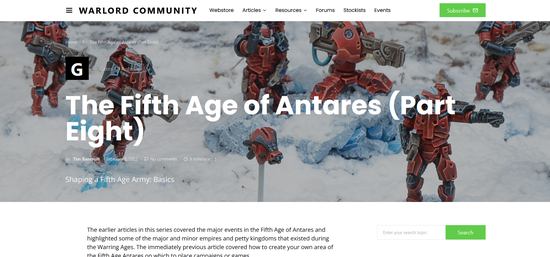Above the boots, I began sculpting the trousers. I did a first layer, and let it cure. Most of the sculpting is done with the fingers at this stage, as it is such a large surface. With the second layer, I tried to make the trousers look like a cavalry officer's pair.

The upper body was left untouched at this point – and it looked wrong. Not only because it gave the faint feeling that something was missing, but also because the beefing up of the lower part slightly unbalanced the fig. (Or so I felt.)
Luckily, I'd had an idea for that since the beginning. (As I said, it's important to have the right references.)

The braces were done in two layers. First, I just did flat lines, in order to see where I was going and make the sculpting easier. Then I added long sausages along those flat lines, and simply cut them vertically, while pressing holes up and down the "ammo-holders" that were then created. At their junction in the back, I simply pressed a ball of putty into a disc and carved a pentacle in it.

All I had to do now (before priming the model) was to base it. As I said, I had mounted it on a CD; first, I had to level it up to reach the figure's integral resin base… To do so, I used Plastiroc - a cheap (well, cheaper than Milliput) modelling paste, which is not proper for sculpting, but perfect for terrain making or that kind of gap-filling use.
Then I flocked it with sand. I spread the white glue while the Plastiroc wasn't set yet, as that would allow me to press the larger sand grains into it for greater solidity. Once the glue was dry, I applied a second, watered-down, layer of white glue to make sure the sand would stay in place. As you generally drybrush bases (especially one of that size), you've got to make sure the grains won't go away as you drybrush them.










